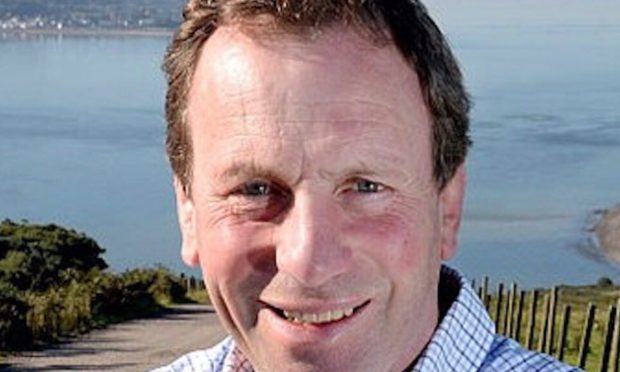The Scottish and UK governments are being urged to create a national development fund using revenue from offshore wind farms to help kick-start the rural economy through investment in sustainable infrastructure and connectivity projects.
It is envisaged the initiative could work like Norway’s sovereign oil fund which uses income from oil and gas reserves on long-term legacy projects and re-investment.
David Whiteford, chairman of the North Highland Initiative (NHI), has asked Scottish Ministers for support to carry out research into the feasibility of creating the fund.
He has previously discussed with Michael Gove, Chancellor of the Duchy of Lancaster, the need for a growth fund for the North Highlands, arguing the area has missed out on investment while city and island deals have been agreed. He also believes the Rural Tourism Infrastructure Fund (RTIF) is inadequate for what is needed.
Mr Whiteford said a comprehensive strategy is needed to tackle unemployment and deliver better facilities for rural residents and visitors with infrastructure investment failing to keep pace with demand, exacerbated this year by staycations following the easing of lockdown.
This would include waste management facilities, a network of motorhome stop-off points, more passing places on single track roads, better rural rail networks and more and improved public toilets, as well as tree planting and peatlands restoration.
Mr Whiteford said a long-term funding source is needed and the proposed National Development Fund Scotland could help the country ‘build back better’.
He said Norway is a “living, breathing, vibrant example” of how a sovereign fund can work: “We have a real opportunity in offshore wind which will increasingly be a provider of green energy in the future as well as creating a fund for sustainable infrastructure and connectivity projects as well as related skills development.
“There will be a large number of very large turbines out there generating something like 20,000 MegaWatts of energy by 2030 and a royalty collected from these could be utilised now to bring forward spending earmarked for the next decade.”
He suggests a royalty could possibly be collected by the Crown Estates as part of its licensing agreement with the windfarms. Money could be borrowed now against the fund, knowing there will be a constant flow of revenue from offshore and new onshore energy projects.
Crown Estate Scotland said all its revenue profit is paid to the Scottish Consolidated Fund and Scottish Ministers take decisions on how it is spent.
“The Scottish Government is committed to a green recovery for our Highland and rural economy.
“Our enterprise agency, Highlands and Islands Enterprise (HIE), is working hard to help businesses recover from the impacts of coronavirus (COVID-19) and to rebuild the region’s economy. HIE will continue its vital work, using its budget flexibly to strategically respond to local needs and circumstances.
“Crown Estate Scotland’s investment portfolio includes £70 million in support and expansion of Scotland’s blue economy focusing on, marine and coastal development including ports and harbours, offshore and marine renewables, marine and island infrastructure, sustainable aquaculture and approaches to optimising utilisation of the seabed.
“Encouraging cross-sectoral collaborations in areas like energy and transport exemplify the opportunities that are available through our blue economy model, and the important role it will play in creating good, green jobs as part of our recovery from coronavirus and our path towards net-zero.
“Through our regional growth deals programme we are investing £135 million over 10 years Inverness and Highland region, which includes North Highland. Along with the UK Government, Highland council and regional partners, this £315 million programme aims to deliver a step change in regional economic performance by improving transport, innovation, digital connectivity, housing, skills, infrastructure and tourism.”
